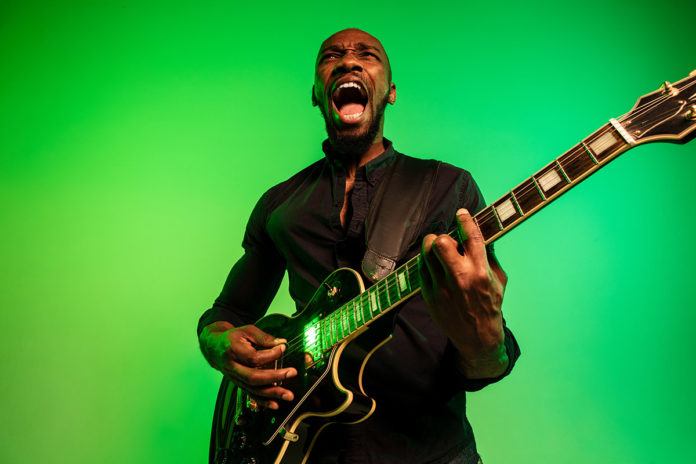Back in the old days of the Music Business, artists routinely got screwed out of major chunks of the cash their music generated. First, the record label that signed the artist would “advance” the artist the costs associated with making the record. All those costs were then “recoupable” from the revenues generated by record sales. Only after all costs were recouped would the artist see any money.
At least the writers of recorded songs could make a little (sometimes a lot) from mechanical royalties, radio airplay, and synch licenses (if used in a movie or TV show).
With the advent of streaming and online downloads, however, artists and content creators find themselves holding the (mostly empty) bag, while the content distributors (Apple, Amazon, Pandora, Spotify, etc.) and major labels rake in the dough. The only thing that has really changed about the music business is who is making the most money — and it’s still not the musicians, songwriters or content creators.
So how much money are the big streaming platforms making? Amazon Music reported $25 billion in revenue last year with a subscriber base of 55 million. Spotify generated nearly 7.9 billion Euros ($9.24 billion) from 165 million premium subscribers. Apple doesn’t break out how much it earns from Apple Music, but it claims 660 million premium subscribers across all its services (with over 112 million reported Apple Music subscribers).
Ever wonder how much each of these streaming services pays its artists per stream? Amazon and Spotify pay approximately $0.004 per stream. That’s four-tenths of one penny. Apple pays a comparatively generous $0.00783 per stream, while Pandora hovers just above one-tenth of a cent and YouTube pays two-tenths. Out of all the streaming services, only Tidal and Napster pay over one cent per stream.
This just goes to show how hard it is to make a living as a recording artist in this brave new world. Vinyl records, tapes and CDs were actual products that financed record labels and recording artists (after recoupment). Streams are infinitely cheaper with no product at all. For a recording artist to earn $1,000 from Amazon, a song would have to be streamed 249,000 times. Spotify is right behind at 229,000 streams, while Apple Music would take 136,000 streams. The worst is Pandora, which would require 751,000 streams to pay an artist $1,000.
(How does radio fit in? Whereas terrestrial radio paid songwriters performance royalties but totally screwed the artist, streaming pays the lion’s share to the artist. Only 20% to 25% of streaming revenues go to the songwriters and publishers. Satellite radio is required by law to pay 21.4% of revenues collected from subscription plans to the Music Royalty Fee — this money is supposed to go to the artists, songwriters and copyright holders. That law was only passed in 2019; before that, artists and songwriters earned precious little from satellite radio.)
So — how do artists promote their music and increase their streams? Not very easily. While streaming subscribers do have the ability to search out their own music, many defer to playlists curated by editors employed by the streaming services. If an artist can get a song added to one of these top playlists, it’s like hitting the jackpot. It’s not a surprise that major record labels have incredible influence and access to getting their music on these playlists. Major labels even have their own large playlists, and their signed artists routinely get preferential treatment by the streaming services.
Smaller and independent artists indeed get way less than their fair share of access to these playlists. Unsurprisingly, a user’s subscription fee doesn’t go directly to the artists that the user streams. It would be very easy for Amazon or Spotify to direct a user’s subscription fees to the artists that they listen to — what is known as a user-centric payment model. More of my subscription fees would go to Jackson Browne than, say, Cardi B, unlike the current blanket subscription model.
The only income many musicians had was live performance, and the COVID pandemic took away a lot of that. With live appearances just beginning to come back, hopefully the outlook for many musicians won’t be as bleak. And if you like an artist, buy their CDs and downloads, don’t just stream them. It will help them to be able to write and record new music and help them make a living.
Catch John Thursdays at Sparky’s Landing, Friday on Facebook Live, and Saturday night at the Key Colony Inn. Music wherever you get your streaming or downloads. www.facebook.com/john.bartus























